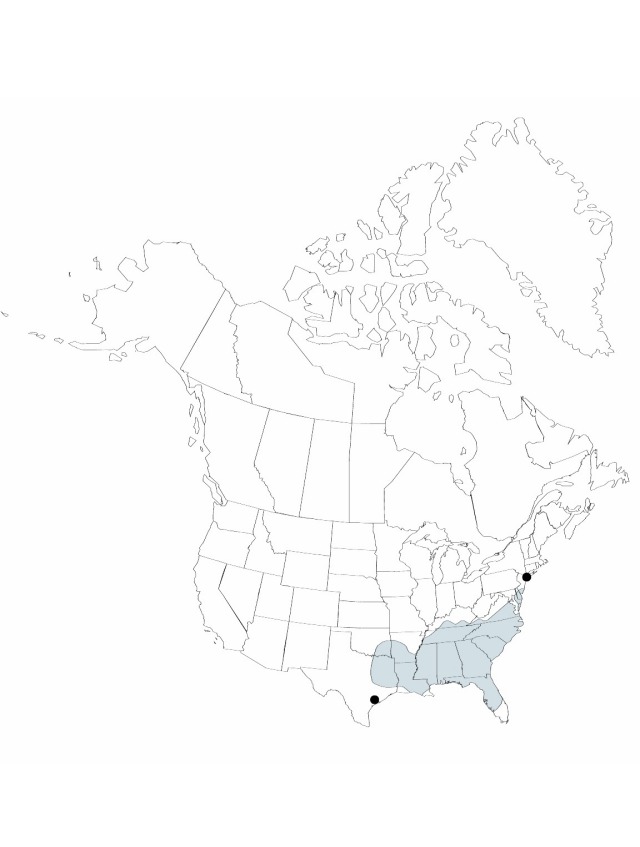Difference between revisions of "Juncus coriaceus"
Bulletin of the Torrey Botanical Club 56:28. 1929.
FNA>Volume Importer |
imported>Volume Importer |
||
| (3 intermediate revisions by 2 users not shown) | |||
| Line 6: | Line 6: | ||
|place=56:28. 1929 | |place=56:28. 1929 | ||
|year=1929 | |year=1929 | ||
| + | }} | ||
| + | |special_status={{Treatment/ID/Special_status | ||
| + | |code=E | ||
| + | |label=Endemic | ||
}} | }} | ||
|basionyms= | |basionyms= | ||
| Line 30: | Line 34: | ||
-->{{#Taxon: | -->{{#Taxon: | ||
name=Juncus coriaceus | name=Juncus coriaceus | ||
| − | |||
|authority=Mackenzie | |authority=Mackenzie | ||
|rank=species | |rank=species | ||
| Line 43: | Line 46: | ||
|publication title=Bulletin of the Torrey Botanical Club | |publication title=Bulletin of the Torrey Botanical Club | ||
|publication year=1929 | |publication year=1929 | ||
| − | |special status= | + | |special status=Endemic |
| − | |source xml=https:// | + | |source xml=https://bitbucket.org/aafc-mbb/fna-data-curation/src/2e0870ddd59836b60bcf96646a41e87ea5a5943a/coarse_grained_fna_xml/V22/V22_164.xml |
|genus=Juncus | |genus=Juncus | ||
|subgenus=Juncus subg. Poiophylli | |subgenus=Juncus subg. Poiophylli | ||
Latest revision as of 20:29, 5 November 2020
Herbs, perennial, tufted, 3–9 dm. Rhizomes densely branching. Culms few to many. Cataphylls 1–3. Leaves basal, 0–1(–2); auricles 0.2–0.4(–0.6) mm, scarious to leathery; blade nearly terete but slightly channeled adaxially, 10–50 cm × 0.7–1.8 mm, margins entire.. Inflorescences falsely lateral, 5–35-flowered, loose to congested, 1–8 cm; primary bract exceeding inflorescence. Flowers: pedicels 0.5–2.5 mm; bracteoles 2; tepals dark green, lanceolate, 3.5–5 mm; inner series slightly shorter, apex acute; stamens 6, fewer in cleistogamous flowers, filaments 0.8–1.2 mm, anthers 0.5–1.1 mm; style 0.9–1.3 mm. Capsules light to dark brown, 1-locular, widely ovoid to nearly globose, 3.5–5 × 2.6–3.2 mm. Seeds light to dark brown, oblate, 0.55–0.73 mm, not tailed. 2n = 80.
Phenology: Flowering and fruiting spring–early summer.
Habitat: Springy, wet woodlands, stream banks, marshy areas, flatwood depressions, and shaded or exposed disturbed, sites with poor drainage
Distribution

Ala., Ark., Del., Fla., Ga., Ky., La., Md., Miss., N.J., N.Y., N.C., Okla., S.C., Tenn., Tex.as, Va.
Discussion
Selected References
None.